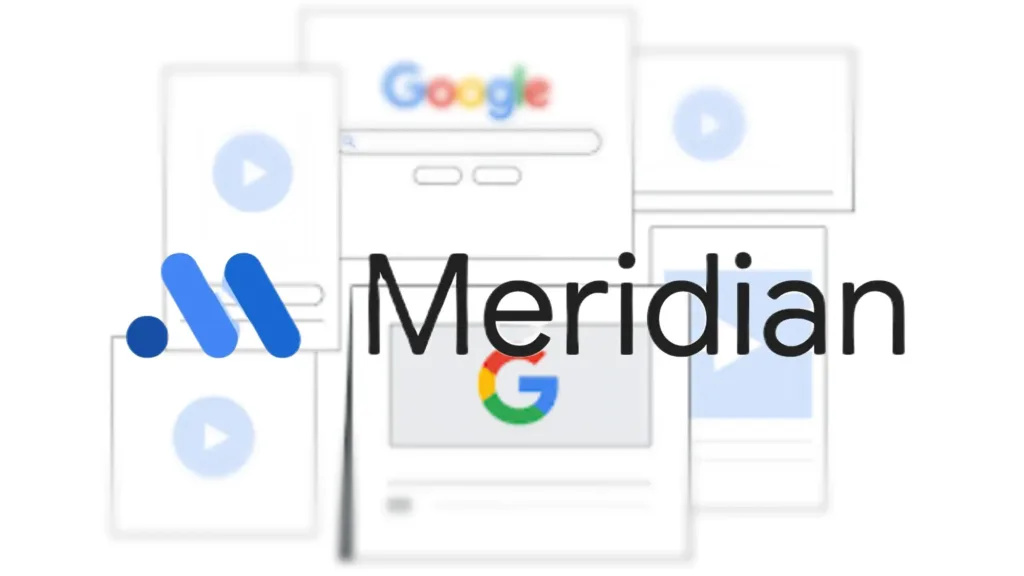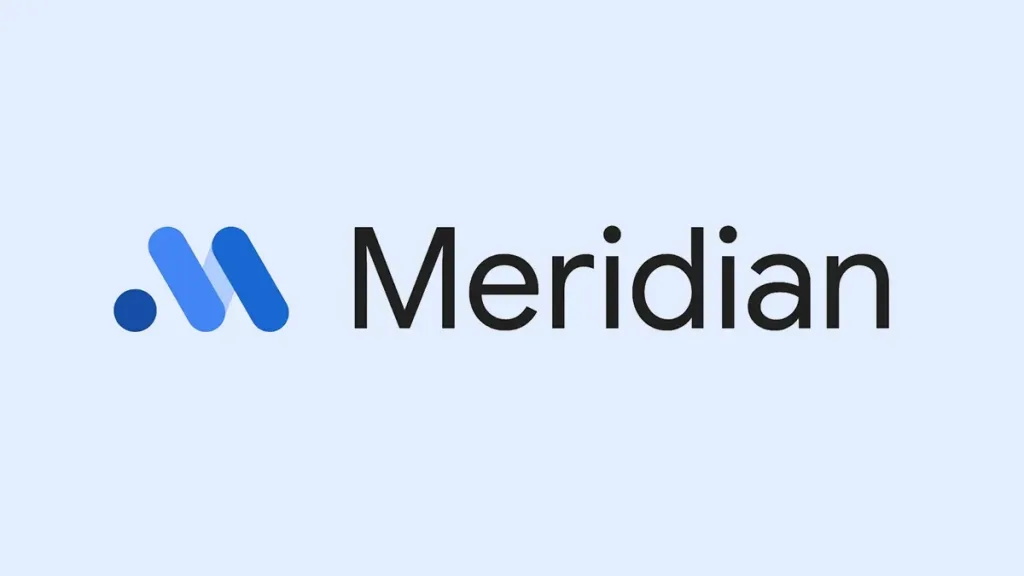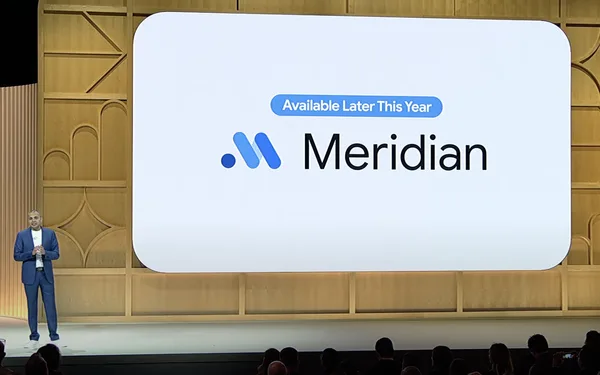When tech giant Google quietly released its open-source Marketing Mix Model (MMM), dubbed “Meridian,” it signaled more than just another analytics tool hitting the market. To find out why the industry is abuzz, I spoke with experts and dove into a case study illustrating how Meridian is changing how brands allocate—and verify—every marketing rupee.
Table of Contents

REPORTER’S NOTE: THE NEED FOR A MODERN MMM
In today’s complex ad environment, where users bounce between platforms at breakneck speed, marketers often struggle to pinpoint which channels truly move the needle. That’s where Marketing Mix Modeling steps in: It provides a holistic view of how various media—TV, YouTube, Search, social ads, and more—work together. But the typical black-box nature of MMM solutions leaves businesses guessing about the accuracy and transparency behind those insights.
Enter Google’s Meridian: a system that combines open-source flexibility with a privacy-friendly, Bayesian approach. Marketers can not only see the model’s inner workings but also tailor it to their unique challenges. Early adopters see it as an unprecedented shift toward clarity and control.
THE CASE STUDY: A RETAIL BRAND’S ODYSSEY WITH MERIDIAN
To find out how Meridian fares in the wild, I spoke with the marketing team at Orion Retail, a mid-sized e-commerce brand that operates both online and in physical stores. Their core dilemma? Determining which offline and online activities are truly driving foot traffic to stores and website conversions—especially given the shifting privacy landscape.
Step 1: Setting the Stage
Orion Retail had tried traditional Marketing Mix Models before, but every attempt yielded only partial insights. The data from offline channels and digital platforms never quite matched up. Plus, they had no way to integrate brand-lift experiments and incorporate them as “priors” in their models.

Step 2: Adopting Meridian
Google’s partner ecosystem proved invaluable. With a certified consultant’s help, Orion’s marketing team integrated data from paid search, YouTube, social advertising, and in-store promotions. The open-source code allowed the Orion data scientists to adapt the model, ensuring local festivities (like weekend sales) were factored in.
Step 3: Cracking the Code
The model wasn’t just about platform-by-platform spending. It revealed how channel interplay boosted overall store visits and online sales. For instance, combining short YouTube ads with Google Search campaigns—timed to peak consumer interest—led to a 25% uptick in daily conversions. Meridian’s Bayesian method factored in brand-lift experiments, generating more accurate “incremental impact” estimates.
Step 4: Results & Refinements
Orion discovered that, contrary to what earlier models suggested, a portion of their budget for certain social ads was plateauing in returns. By shifting more resources into YouTube and carefully monitoring mid-funnel metrics, they saw a notable cost-per-click drop and a jump in site sessions. This gave them confidence to re-allocate budget for the upcoming quarter.

EXPERT INSIGHTS: WHY IT MATTERS
• Open-Source DNA – Many marketers hail Meridian’s transparency. Traditional marketing tools often lock away the crucial formulas that determine ROI estimates. Meridian’s code is right there for data scientists to examine, customize, and even merge with internal dashboards.
• Privacy-Centric Approach – With the ever-tightening restrictions on user-level data, aggregated modeling is gaining traction. Meridian uses this setup to respect user privacy, while still crunching high-quality channel insights.
• Bayesian Twist – The big difference here: Meridian uses experimentation as “priors,” refining predictions over time. Essentially, each real-world brand test (like an in-market experiment) helps the model become more precise with each iteration.
• Fast-Growing Partner Network – Google’s trained measurement partners accelerate onboarding and help brands tailor the methodology to their unique data pipelines.
WHERE DOES MERIDIAN GO FROM HERE?
So, is Meridian truly the next frontier in marketing analytics? For Orion Retail, the answer is a resounding “yes.” Their near-term plan includes expanding the model to incorporate factors like weather-based foot-traffic variations and dynamic pricing adjustments. Other brands are following suit, pointing to a potential industry-wide shift toward open-source MMM adoption.
Ultimately, Meridian’s success underscores a growing demand for transparency and granularity. Whether you’re a retail brand unifying in-store and online insights or a purely digital outfit aiming to optimize ad spend, Meridian’s open-source framework seems poised to deliver unprecedented visibility into your marketing puzzle.
By offering marketers a peek behind the curtain—and giving them the power to test, iterate, and confirm incremental impact—Meridian has made a splash in the ad world. For Orion Retail and countless other brands looking to transform complex marketing assumptions into tangible results, it may well be the missing piece that bridges data-driven decisions with real, measurable outcomes.








